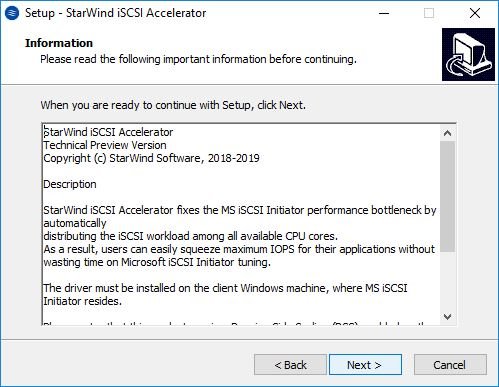Just two days ago, Ubuntu marked the 16th anniversary of its first ever release, Ubuntu 4.10 “Warty Warthog,” which showed Linux could be a more user friendly operating system.
Back to now, after the six months of development cycle and the release of the current long-term Ubuntu 20.04 “Focal Fossa,” Canonical has announced a new version called Ubuntu 20.10 “Groovy Gorilla” along with its seven official flavor: Kubuntu, Lubuntu, Ubuntu MATE, Ubuntu Kylin, Xubuntu, Ubuntu Budgie, and Ubuntu Studio.
Ubuntu 20.10 is a short term or non-LTS release, which means it will be supported for 9 months until July 2021. Though v20.10 does not seem a major release, it does come with a lot of exciting and new features. So, let’s see what Ubuntu 20.10 “Groovy Gorilla” has to offer:
New Features in Ubuntu 20.10 “Groovy Gorilla”
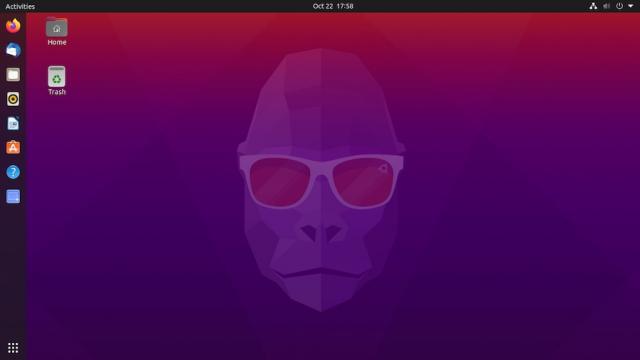
Ubuntu desktop for Raspberry Pi 4
Starting with one of the most important enhancements, Ubuntu 20.10 has become the first Ubuntu release to feature desktop images for the Raspberry Pi 4. Yes, you can now download and run Ubuntu 20.10 desktop on your Raspberry Pi models with at least 4GB of RAM.
Even both Server and Desktop images also support the new Raspberry Pi Compute Module 4. The 20.10 images may still boot on earlier models, but new Desktop images only built for the arm64 architecture and officially only support the Pi 4 variant with 4GB or 8GB RAM.
Linux Kernel 5.8

Upgrading the previous Linux kernel 5.4, the latest Ubuntu 20.10 ships the new Linux kernel 5.8, which is dubbed “the biggest release of all time” by Linus Torvalds as it contains the highest number of over 17595 commits.
So it’s obvious that Linux 5.8 brings numerous updates, new features, and hardware support. For instance, Kernel Event Notification Mechanism, Intel Tiger Lake Thunderbolt support, extended IPv6 Multi-Protocol Label Switching (MPLS) support, Inline Encryption hardware support, Thunderbolt support for Intel Tiger Lake and non-x86 systems, and initial support for booting POWER10 processors.
GNOME 3.38 Desktop Environment
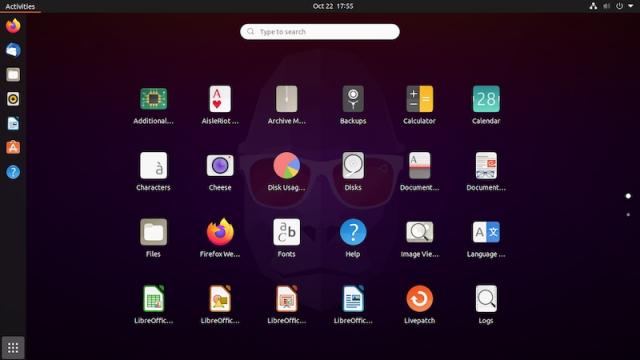
Another key change that Ubuntu 20.10 includes is the latest version of GNOME desktop environment, which enhances the visual appearance, performance, and user experience of Ubuntu.
One of my favorite features that GNOME 3.38 introduces is a much-needed separate “Restart” button in the System menu.
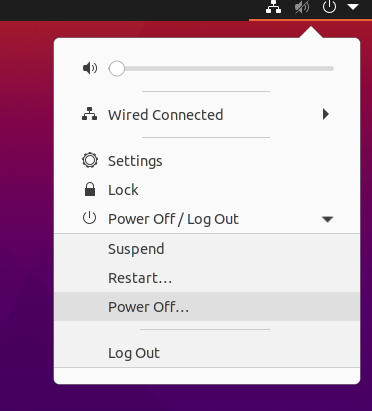
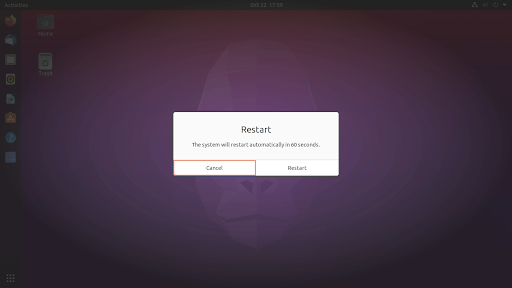
Among other enhancements, GNOME 3.38 also includes:
- Better multi-monitor support
- Revamped GNOME Screenshot app
- Customizable App Grid with no “Frequent Apps” tab
- Battery percentage indicator
- New Welcome Tour app written in Rust
- Core GNOME apps improvements
Share Wi-Fi hotspot Via QR Code

If you’re the person who wants to share the system’s Internet with other devices wirelessly, this feature of sharing Wi-Fi hotspot through QR code will definitely please you.
Thanks to GNOME 3.38, you can now turn your Linux system into a portable Wi-Fi hotspot by sharing QR code with the devices like laptops, tablets, and mobiles.
Add events in GNOME Calendar app
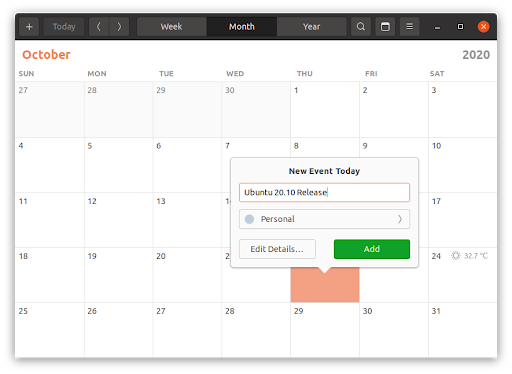
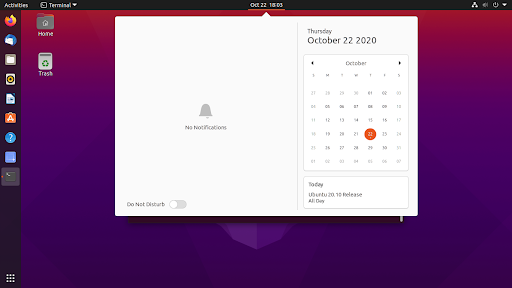
Forget to remember the events? A pre-installed GNOME Calendar app now lets you add new events (birthday, meetings, reminders, releases), which displays in the message tray. Instead of adding new events manually, you can also sync your events from Google, Microsoft, or Nextcloud calendars after adding online accounts from the settings.
Active Directory Support
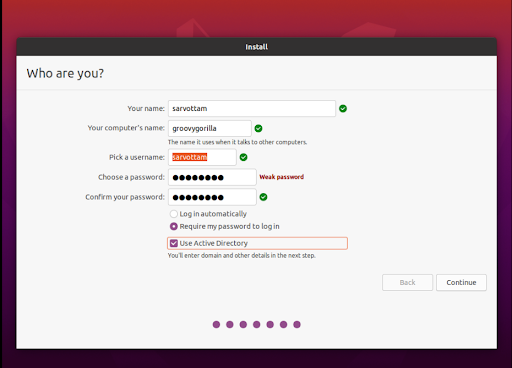
In the Ubiquity installer, Ubuntu 20.10 has also added an optional feature to enable Active Directory (AD) integration. If you check the option, you’ll be directed to configure the AD by giving information about the domain, administrator, and password.

Tools and Software upgrade
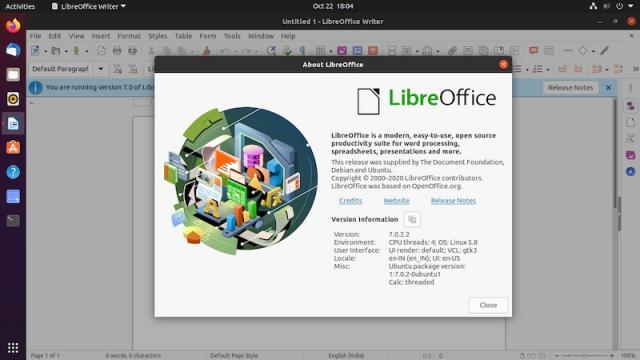
Ubuntu 20.10 also features the updated tools, software, and subsystems to their new versions. This includes:
- glibc 2.32, GCC 10, LLVM 11
- OpenJDK 11
- rustc 1.41
- Python 3.8.6, Ruby 2.7.0, PHP 7.4.9
- perl 5.30
- golang 1.13
- Firefox 81
- LibreOffice 7.0.2
- Thunderbird 78.3.2
- BlueZ 5.55
- NetworkManager 1.26.2
Other enhancements to Ubuntu 20.10:
- Nftables replaces iptables as default backend for the firewall
- Better support for fingerprint login
- Cloud images with KVM kernels boot without an initramfs by default
- Snap pre-seeding optimizations for boot time improvements
A full release notes of Ubuntu 20.10 is also available to read right from here.
How To Download Or Upgrade To Ubuntu 20.10
If you’re looking for a fresh installation of Ubuntu 20.10, download the ISO image available for several platforms such as Desktop, Server, Cloud, and IoT.
But if you’re already using the previous version of Ubuntu, you can also easily upgrade your system to the Ubuntu 20.10. For upgrading, you must be using Ubuntu 20.04 LTS as you cannot directly reach 20.10 from 19.10, 19.04, 18.10, 18.04, 17.04, or 16.04. You should first hop on to v20.04 and then to the latest v20.10.
As Ubuntu 20.10 is a non-LTS version and by design, Ubuntu only notifies a new LTS release, you need to upgrade manually by either choosing a GUI method using the built-in Software Updater tool or a command line method using the terminal.
For command line method, open terminal and run the following commands:
sudo apt update && sudo apt upgrade
sudo do-release-upgrade -d -m desktop
Or else, if you’re not a terminal-centric person, here’s an official upgrade guide using a GUI Software Updater.
Enjoy Groovy Gorilla!

